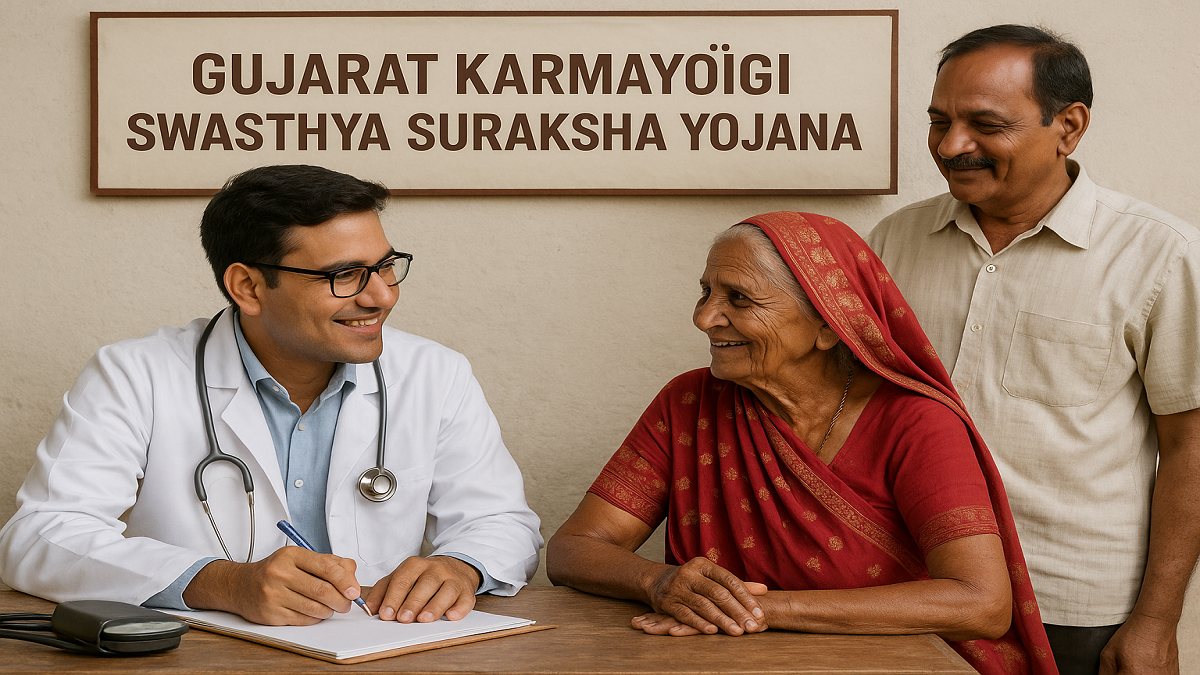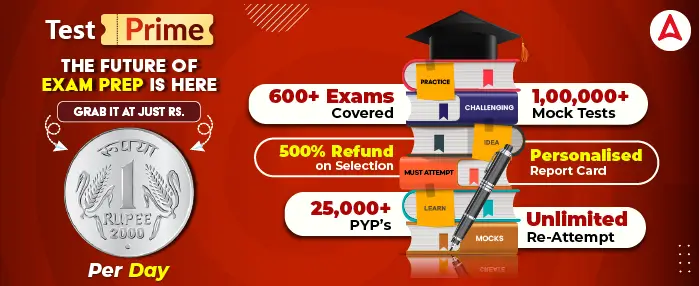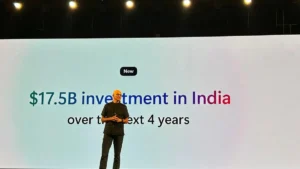The Government of Gujarat has launched a comprehensive healthcare scheme named Gujarat Karmayogi Swasthya Suraksha Yojana to provide cashless medical treatment to a wide range of beneficiaries, including All India Services (AIS) officers, state government employees, and pensioners. The initiative is designed to strengthen healthcare accessibility and reduce the financial burden of medical expenses for public service personnel and their families.
Healthcare Coverage Up to Rs 10 Lakh per Family
Under this landmark scheme, each eligible family will receive cashless treatment coverage of up to ₹10 lakh per annum. This benefit will be facilitated through a specially issued “G” category card under the umbrella of the Pradhan Mantri Jan Arogya Yojana (PMJAY).
The State Health Agency (SHA) will oversee the issuance of the cards and the implementation of the scheme across the state.
Who Is Eligible for the Scheme?
The scheme has been designed to benefit the following categories:
- All India Services (AIS) officers and pensioners
- Gujarat state government officers and employees
- Pensioners of the Gujarat state government
- Fixed-pay employees, subject to specific conditions
To avail the benefits, all eligible individuals must be enrolled under PMJAY with the special “G” category card.
Role of the State Health Agency (SHA)
The State Health Agency (SHA) has been entrusted with the following responsibilities:
- Distribution of PMJAY “G” category cards
- Maintenance of the beneficiary database
- Implementation and monitoring of the health scheme
- Deactivation of ineligible individuals upon termination, resignation, or dismissal from service
The SHA will coordinate with various departments and treasury offices to ensure real-time updates to the beneficiary list.
Definition of ‘Family’ Under the Scheme
The definition of a “family” eligible for benefits will depend on the service rules applicable to the individual:
- For state government employees and pensioners, the Gujarat State Services (Medical Treatment) Rules, 2015 will apply.
- For AIS officers and pensioners, the AIS (Medical Attendance) Rules, 1954 will be followed.
A formal certificate of dependents is mandatory to validate the family members covered under the scheme.
Issuing the Family Certificate: A Mandatory Step
To complete the enrollment:
- For serving employees, the head of the office must issue the certificate of eligible dependent family members in the prescribed format.
- For pensioners, the certificate must be issued by the District Treasury Officer, Sub-Treasury Officer, Pension Payment Officer, or Pay and Accounts Officer of the district from where the pension is drawn or from the last-serving office.
Aadhaar-Based e-KYC: Ensuring Digital Verification
The scheme mandates e-KYC verification using the Aadhaar numbers of all family members. This process ensures:
- Accurate identification of beneficiaries
- Seamless linking with the PMJAY database
- Smooth access to cashless healthcare services
The Aadhaar-based verification also prevents duplication and unauthorized use of healthcare benefits.
Exclusion Clauses: What Happens on Exit from Service?
In cases where:
- An employee’s service is terminated without confirmation
- An employee resigns, leaves voluntarily, or is dismissed due to disciplinary action
- The individual is not entitled to a pension
The head of the last-serving office must immediately inform the SHA, which will then proceed to remove the individual and their family members from the PMJAY beneficiary list.
This ensures that only genuine and eligible beneficiaries continue to receive healthcare coverage under the scheme.
Special Provisions for Fixed-Pay Employees
The Gujarat government has also made special provisions for fixed-pay employees, recognizing their growing presence in the public sector workforce. These employees, though on a different pay structure, will be brought under the health coverage umbrella with clearly defined eligibility norms and guidelines issued by the Health Department.



 Chhattisgarh Gets Its First Ramsar Site:...
Chhattisgarh Gets Its First Ramsar Site:...
 Maharashtra Ends the Century-Old Pagdi S...
Maharashtra Ends the Century-Old Pagdi S...
 Maharashtra Govt Partners with Microsoft...
Maharashtra Govt Partners with Microsoft...







